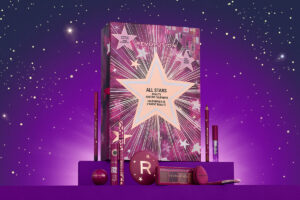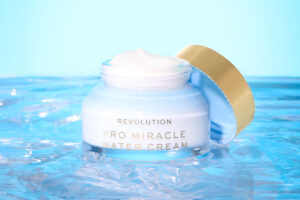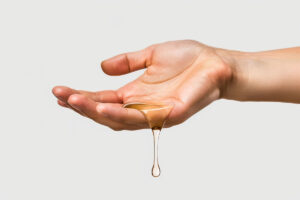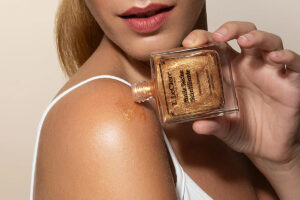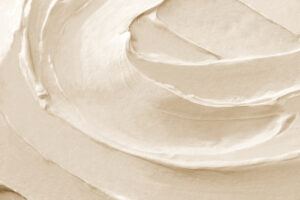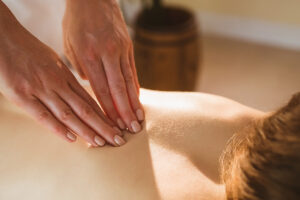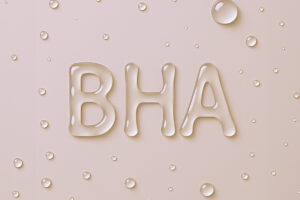If you have skin prone to acne and other inflammatory issues, you have probably heard that azelaic acid can “clear” your face. Whether this is true or just another good marketing campaign backed by cosmetic and pharmaceutical companies, we shall discover in the following. So, let’s proceed step by step.
What Is Azelaic Acid
This acid does not belong to any of the most popular “cosmetic” groups of acids: AHA and BHA. It is also known as azelaic acid, and it is a completely natural ingredient that is present on our skin. It is most commonly derived from grains (wheat, barley, rye, etc.). Additionally, azelaic acid is produced by microorganisms (bacteria and fungi) that naturally inhabit our skin.

Azelaic acid is not only used for cosmetic purposes. In dermatology, it is known for its application in alleviating and treating certain skin conditions and issues, including severe forms of acne and rosacea. Pure, undiluted azelaic acid is potent. It is typically found in cosmetic products in lower concentrations, usually ranging from 5% to 10%. For products with azelaic acid in a higher percentage, such as 15%, a consultation with a dermatologist is recommended. Such preparations are often purchased at pharmacies and may require a prescription.
Since azelaic acid is considerably milder than other acids used in cosmetics, most people react well to this ingredient. Unwanted side effects and skin irritations are minimal. However, some individuals with extremely sensitive skin may experience mild tingling, itching, and skin dryness after using a cream with azelaic acid. In such cases, it is advisable to gradually introduce the product into your skincare routine to allow the skin to acclimate to this ingredient.
How Does It Work
Azelaic acid plays a multifaceted role in facial skincare treatments and offers numerous benefits to the skin, making it a so-called multifunctional ingredient. It has similar effects to salicylic acid, but is much less irritating. It is highly effective in combating acne, redness, inflammation, spots, and mild skin scars due to its antibacterial, antioxidant, keratolytic, and comedolytic properties.
- Its strong antibacterial properties effectively prevent the formation and development of bacteria that cause acne and other inflammatory skin conditions (redness associated with acne). As a result, azelaic acid calms the skin and eliminates these bacteria, thereby reducing acne breakouts.
- Its antioxidant properties protect the skin from the negative effects of free radicals and environmental factors, preserving the overall appearance of the skin.
- Azelaic acid has a keratolytic effect. Acting as an exfoliator and preventing the buildup of dead skin cells on the surface. This removes surface impurities and “unclogs” pores, reducing the possibility of acne and blackhead formation. Additionally, this helps “brighten” the skin by reducing the visibility of dark spots and other uneven skin tones.
- Due to its comedolytic properties, azelaic acid prevents the accumulation of sebum and natural oils beneath the skin’s surface (which can lead to pore blockages and the formation of comedones – blackheads and acne) and promotes the removal of dead skin cells.
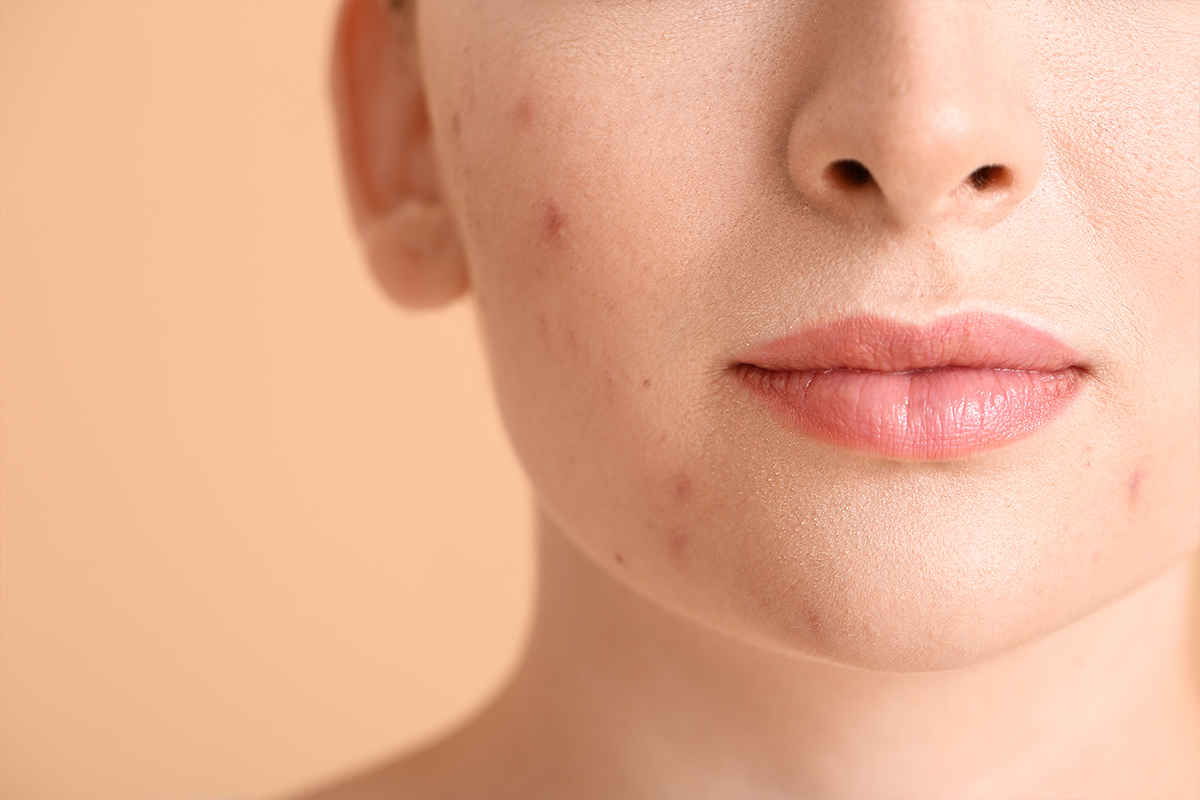
How to Use Azelaic Acid
Unlike many other ingredients that are recommended for evening skincare routines or even only during the winter season, products containing azelaic acid can be used at any time of the day. (Unless otherwise specified on the label of a specific product, which depends on its composition and the combination of active ingredients.) Additionally, unlike some acids, azelaic acid combines well with other known ingredients to address unwanted skin issues. For example, when combined with vitamin C, it effectively tackles dark spots and hyperpigmentation. When combined with salicylic acid, it produces excellent results in eliminating acne.
In general, azelaic acid can be used twice a day: as part of your morning and evening skincare routines. Apply these serums and creams to dry and clean skin with gentle motions, avoiding sensitive areas such as the eye area. In the morning, before heading outdoors, be sure to apply sunscreen (SPF) to your face.
Product Recommendations
There are numerous creams, gels, and serums with azelaic acid available on the market in various concentrations. The best product for you will depend on your individual skin needs and preferences. Below are two of our favorites.
1. REVOX B77 Just Azelaic Acid 10% for Redness and Inflammation
We tried the REVOX B77 Just Azelaic Acid 10% Night Face Cream for Mild Facial Exfoliation and were truly impressed. It contains 10% azelaic acid, which has proven to be an extremely effective concentration for addressing redness and inflammation on the skin in dermatology, and our experience confirmed this. This product works instantly to reduce redness. It evens out the complexion, giving the face a fresh, radiant appearance without excessive shine from oily skin due to sebum production.
It also acts as a mild exfoliator, which is why its night-time use is recommended, along with applying a sunscreen during the day. It helps reduce the visibility of dark spots on the skin, cleanses and minimizes pores, smooths the skin, and promotes cell regeneration during sleep. With regular use, it also helps reduce the appearance of fine lines. The cream is highly effective for oily skin prone to acne and redness and is also recommended for dull skin. The product is water-based and has a very light, slightly gel-like texture. It spreads easily and is quickly absorbed by the skin.
Apply a small amount of the cream to your previously cleansed face every evening. Gently massage it in with circular motions until fully absorbed.
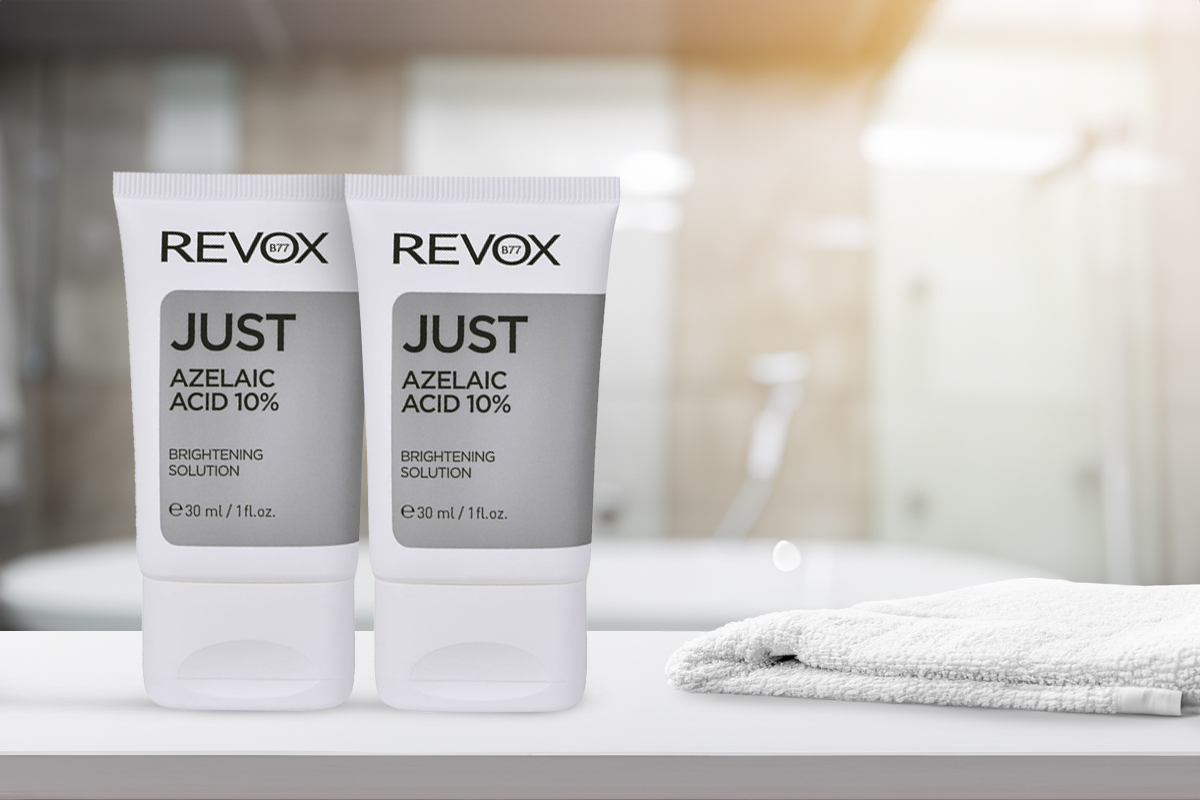
2. REVOX B77 Help Anti Dark Spot Serum for Skin Tone Correction
For addressing dark spots and hyperpigmentation, a good option is the REVOX B77 Help Anti Dark Face Spot Serum. This product is water-based, meaning it has a lightweight formula. It is quickly and easily absorbed without leaving oily or sticky residue on the skin. It contains niacinamide, vitamin C, azelaic acid, various types of AHA acids, and salicylic acid. Thanks to the combination of these ingredients, it is highly effective in reducing the visibility of spots and other skin changes. The product protects the skin from the negative effects of free radicals, evens out the complexion, and gives it a radiant look. The serum is suitable for all skin types and is recommended for use in evening skincare routines. The product can also be used for treating targeted areas, i.e., applying it only to dark spots (not the entire face).
Thanks to the dropper, it is easy to apply in the desired amount. In the evening, apply 3-4 drops of the serum to previously cleansed skin and gently massage it in. During the period of serum use, it is recommended to apply sunscreen during the day.

Is Azelaic Acid the Right Solution for You
Based on everything we know; we can confidently say that the results of using azelaic acid are indeed noticeable. It is not just a matter of good advertising and marketing. Azelaic acid is, above all, highly effective in reducing acne and redness. Its effects are also visible in diminishing hyperpigmentation, dark spots, and minor skin scars. Additionally, it is noticeable for reducing the visibility of pores, smoothing the skin, and evening out the complexion. The first significant results are typically visible after seven days. More substantial improvements in the appearance of the skin are noticeable after a month.
So, if you have oily skin prone to redness, acne, and other inflammatory issues, it may be time to try skincare products containing azelaic acid. On the other hand, if your skin is normal without significant issues, regular use of nourishing and moisturizing ingredients like hyaluronic acid is sufficient for your facial care routine.
Please share your experiences with acne treatments. Write about which cosmetic ingredients are essential parts of your skincare routine in the comments.
